Folds in the skin
The skin is folded all over.
Folds in the skin have always been ignored and denied of any importance.
People (including scientists) call them lines or wrinkles and fail to understand that the skin is actually folded.
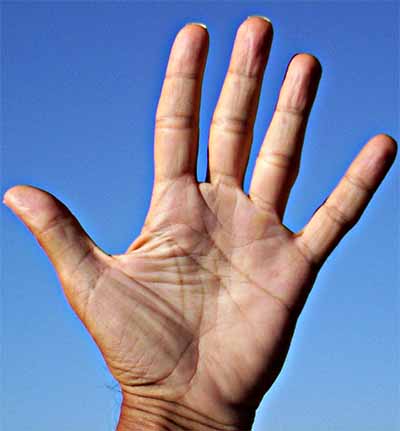
Lines, wrinkles or folds?
On this page
Lines, wrinkles or folds?
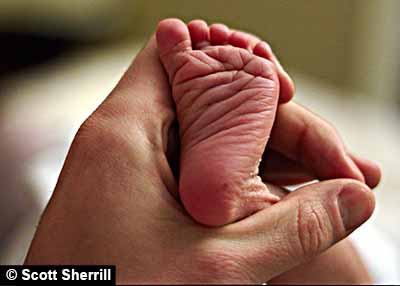
The word «lines» doesn't fit.
Surely those are more than just lines; they have a depth and lots of details along their path.
Calling them lines is a simplistic way of describing them.
Are they «wrinkles»?
Most people would say they are not, because wrinkles are characteristic of old and damaged skin.
The verdict: They are folds
Close visual and manual inspection only confirms that the skin is folded inwards.
You can trace the origin of these folds back to all the movements, expressions and positions you've taken, made or held during your life.
In many places, their path has tightened and solidified resulting in permanent folds.


or is the skin completely folded over?
The skin is so badly bent that it doubles up; and that one part now lies on another.
A section of skin is imprisoned.
Epidermis over epidermis.
Like a pleated or folded fabric
Skin is a living tissue.
Just like any tissue, it can be crumpled, folded and creased.
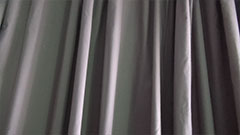
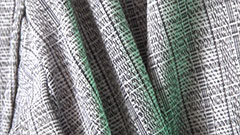
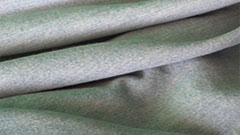
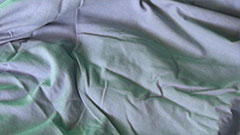
There is one easy way to find out.
Use your nails.
Simply press your nail onto the bottom of any fold in your hand.
Put moderate pressure and explore.
You'll feel that your nail can open up the bottom of the folds, and that the folding extends inwards.
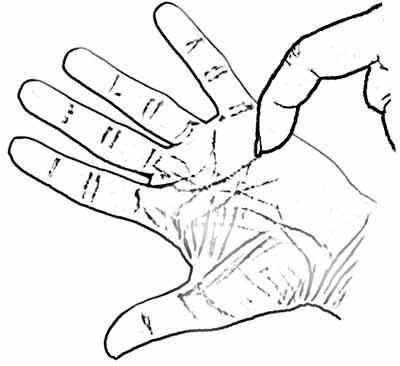
What do dermatologists say about them?
• Langer lines
Dermatologists think that they are lines
Dermatologists don't actually believe that the skin is folded.
They call the folds "Langer's lines".
Langer's lines; an erroneous theory
Source; Wikipedia
As you can see, the folds in the skin had been noticed, long ago, by forensic pathologists, embalmers, butchers, ...
In 1861, Austrian anatomist Karl Langer drew the following chart of what he called «lines» in the skin.

Langer described his lines as deep bundles of collagen inside the skin.
Surgeons try to cut on them, (when they can see them), in order to obscure the incisions they make.
Erroneous maps and illustrations of folds
There are many existing maps showing Langer's lines on the body.
They resemble my horizontal and vertical folds illustrations.


Upper Chesapeake Medical Center - 2016
 |
| Langer's lines head from J. Marx, R. Hockberger, R. Walls Rosen's Emergency Medicine: Concepts and Clinical Practice 2002 |
 |
| Langer's lines head from The Open Access Atlas of Otolaryngology Head and Neck Operative Surgery Johan Fagan 2016 |
 |
| Langer’s lines-Tension lines Open access atlas of otolaryngology |
 |
| Langer's lines of the face researchgate.net |
All of these illustrations are wrong
I'm sorry to say that these maps are very wrong.
They don't even show the vertical center fold that divides your body into two halves.
You can see some horizontal or vertical folds, but never in the same place.
The reality is much more complex; you have a matrix of vertical and horizontal folds on which you add location folds, posture folds, action folds, expression folds, ...
The maps above are based on visual inspection, while mine are the result of feeling the folds with my fingertips and nails.
They are not lines, but folds.
And they cannot be seen, but felt.
Cutaneous folds are bad for your health
Your system treats folds like injuries
Your skin is an assembly of several elements.
It contains blood vessels, nerves, hair follicles, sweat glands, touch, pressure, heat and pain receptors, ...
Skin is very elastic; it needs to because your movements deform it considerably.
It can withstand repetitive folding, but there's a limit to what it can endure.

One can marvel that such a complex and delicate structure can be pinched and folded so easily.
However, when your skin is folded too often, it fears rupture and it paves the bottom of the furrow with epidermis cells, making the fold permanent.
Permanent folds and body movements
Flex your wrist several times and take a close look at the skin folds that this action creates.
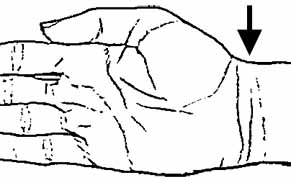
Notice that some folds do not disappear completely when the articulation is straight.
These folds seem etched into your body because you've done this movement so frequently throughout your life.
Those are permanent folds.
Permanent folds cause permanent damages
When the folding in the skin occurs at the same place repeatedly, your system generates epidermis cells to pave the bottom of the groove of the fold.
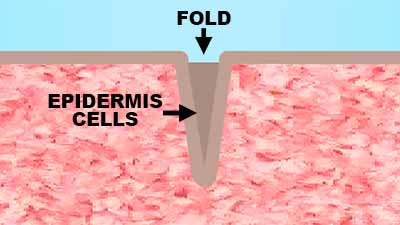
Of course, when a fold becomes permanent, the trajectory and placement of its components become altered and this affects their performance.
Main health problems caused by cutaneous folds
Mild to acute pain
Cutaneous folds are the main cause of pain in every location on the body.
Pain in the shoulders, in the arms, in the hands, in the back, in the knees, in the feet, ... they all have the same cause; folds in the skin.
However, the pain is mostly concentrated in the places where two folds meet; the folds crossings.
● More on cutaneous folds and pain.
Loss of sensation, insensitivity and numbness.
Cutaneous folds bend the nerves that pass beneath them and weaken the signal transmitted to the brain.
Each nerve travels from a specific part of your body to your brain.
However, along the way, they are susceptible to being bent, compressed or pinched by the folds in the skin.
When the strength of the signal the nerves transmit is diminished, you slowly lose contact with some body parts or functions.
● More on cutaneous folds and loss of sensitivity.
Blood circulation
Cutaneous folds bend, compress and strangle the blood vessels and veins beneath them.
They are the main cause of high blood pressure (hypertension), and reduced blood circulation.
Folds are often the source of blocked blood vessels and arteries (atherosclerosis), numbness and tingling (paresthesia), varicose veins, and more.
● More on cutaneous folds and blood circulation.
Aging
When you see aged skin, you see folded skin.
In fact, the folds are responsible for the most disturbing aspects of elderly life such as: chronic pain, loss of mobility, circulatory problems, loss of sensitivity, ugliness, ...
● More on cutaneous folds and aging.
Uglying
Ugliness is not a health problem, but it can have a negative impact on someone's social and sexual integration.
● More on cutaneous folds and beauty.
We all have similar folds
Similar folds on everyone
When I first found out about the folds, I thought that each human was folded differently, explaining the diversity of our looks.
Well, I was half wrong.
In fact, most folds are common and comparable from one human to another.
We look different because some folds have a slightly different position and depth, but mostly because of our bone structure beneath.
The similarities are much greater than the differences.
We are all folded the same way.
Differences
Differences often lie in the size, angle and depth the same fold can take among humans.
Early in life, the shape of the skull is very important, the alignment of its parts particularly.
For example, the fold going from the side of the eye to the top of the ears is obviously affected by their respective positions.
Most of the distinctions come from how big the fold has become along its path.
This, in turn, depends on each individual's actions.
Fold complexity
Folds are illustrated here as simple lines.
They're not so on your body.
Each fold is a complex monster, full of details.
They're made of several coats of epidermis, each one with a real-life history.
A typical fold has hundreds of coats.
They're also far from straight.
Folds multiply, so you may find several small folds along with one big one when you check on your body.
Wrinkles
A wrinkle is simply the first step in the formation of a permanent fold.
With time, a wrinkle will become a fold.
Every large fold on your body has started out as a wrinkle.
When permanent folds first establish themselves, they pave the bottom of the crease, layer by layer, with epidermis cells.
It may take several years before the fold becomes plainly visible.
